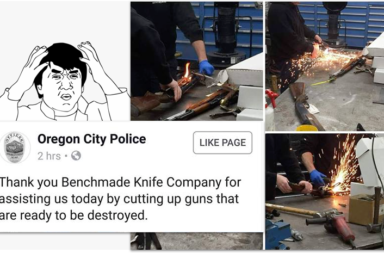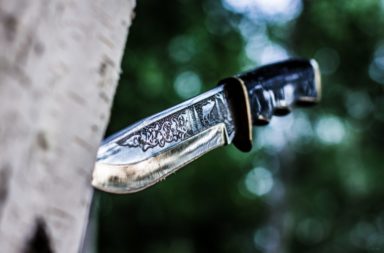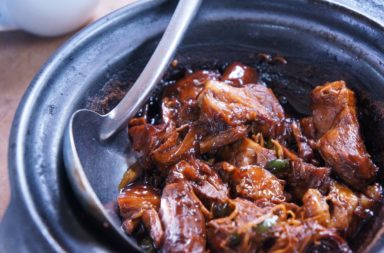Survival knives come in a huge array of styles, lengths, and weights. In my previous article, I touched on the many reasons a prepper might choose to have just one knife. Ranging from being stuck with what might be on your person in an emergency, to choosing to build a minimalist kit, there are plenty of reasons to have just one knife.
Right now, you might be looking at your favorite knife, certain I’m about to endorse a popular brand. Or maybe it’s a blade you think would be the ultimate single survivor knife – if you could only afford it. The truth is, I’m not going to endorse a brand, and you can get a functional, useful version of either of these knives for under $50, or spend hundreds to thousands of dollars to get amazing custom made blades.
When pondering what knives to focus upon when starting this article, I immediately thought of three knives. The first, the medieval seax was a very common utility and combat knife. Made in sizes long enough to use as an offensive weapon or in smaller sizes suitable for all around use, the seax served many people as the only knife they owned. The clever prepper will quickly see some similarities to more modern knives in the seax, and this will become important when we delve into the first knife you should consider if you could only have one knife.
Bowie Knife
The stuff of American myth and legend, the Bowie knife and its close relative the Arkansas Toothpick have long been staples of American hunters, soldiers, homesteaders and travelers. The history of the Bowie Knife is convoluted and mired in folklore and fact. So much so in fact, that I really can’t touch on it in this context, except to suggest that the Wikipedia article on the Bowie knife is sufficient for most casual readers, and offers enough source material to entice further digging into the attributes of this popular and traditional survival knife.
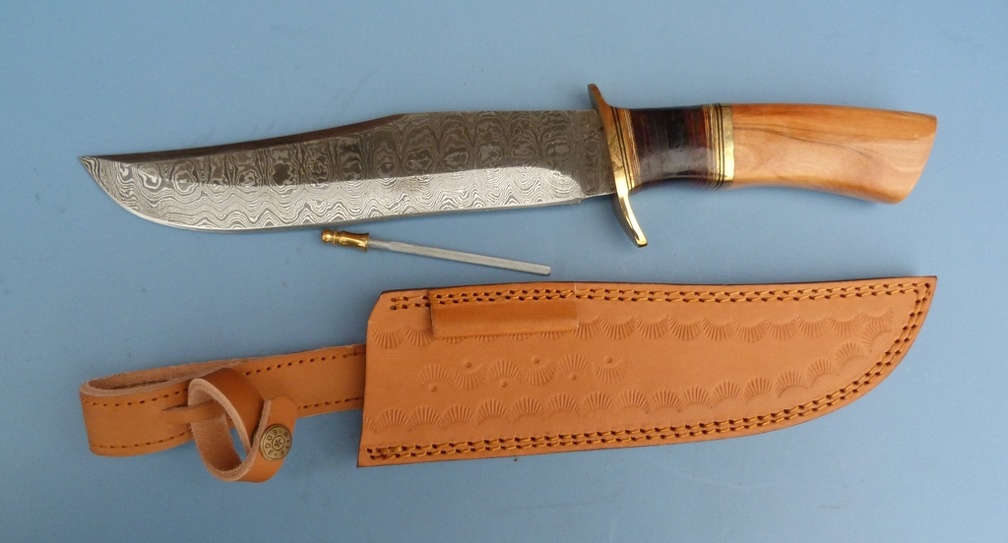
More importantly to the prepper, even some casual reading or handling of Bowie knives is enough to demonstrate the incredible utility of this famous blade style. We should note that the evolution of the Bowie knife has blessed us with an incredible array of knives all drawing inspiration from the same legacy. The Ka-Bar belongs in this category as much as a larger, more traditional Bowie, which also serves to muddy the waters a bit.
In this day and age, just what is a Bowie knife? I read somewhere that as the power and reliability of handguns improved, Bowie knives shrank. This makes sense, as the knife would be less important as a self-defense weapon, and become more important as a general purpose fixed blade knife.
Now don’t get me wrong – even the earliest Bowie knives would serve as an all purpose knife, but their designs very much had combat written all over them as a primary task. Today we have pistols that shoot rifle power cartridges (and conversely a lot of rifles shooting pistol cartridges) and Bowie knives that are around half the size of some their early ancestors.
Why a Bowie?
Now it is unlikely you are going to be fighting at the Alamo, and concerns of invading hordes over the southern United States border aside, the Bowie knife is one of those rare blades that can do pretty much everything. The Bowie historically has been used in hand to hand combat, butchering game, cutting and splitting wood, even digging fire pits, and somebody has probably tied one to a stick and used it as a spear.
Does it excel at any of those tasks? Probably not. There are more modern and refined fighting knives, and you can butcher most any animal with a decent folding knife if you had to. We all know axes and hatchets are best for cutting wood, and a shovel is always better than a knife for digging. But I also just listed off a minimum of a half dozen specialized tools for common survivor tasks. Is it nice to have those tools? Heck yeah. But if you can’t have them, then what?
A well made Bowie knife will do all those tasks, and leave a person feeling glad for having such a fine knife.
Choosing a Bowie Knife
There are a lot of beautiful Bowie knives out there. Because of their enduring cultural legacy, it is only natural for blade smiths to craft them from fine pattern welded steels, and fit them with high quality handles and custom made leather sheaths. Such works of art are a real joy to own, but I’d rather not put them to the rough use that they are capable of. Instead, I favor a more utilitarian approach.
While it is easy to get caught up in arguing the best steels, the best heat treatments, or to argue literally any other component of a well-made knife, the simple fact of life is we as modern day human beings are spoiled rotten. So spoiled in fact, we don’t know how to call something good enough and be done with it. We are overwhelmed with so much consumer choice, that we get lost, and have to fight over trivial matters that realistically will never matter to us.
Our ancestors made do with Bowie knives made of hand forged iron because they couldn’t afford or get steel. Later on, they made do with steel that would probably make your average internet knife snob cry into their soy latte. Quite literally, any modern day Bowie knife made with halfway decent materials is likely going to better than anything even Jim Bowie himself could have acquired. Our metallurgy and manufacturing processes are just that advanced. So to start off, don’t lose yourself in choosing the ultimate Bowie knife. Choose one that works.
Any United States military combat knife along the lines of the classic Ka-Bar or the modern Ontario version will do nicely. Or there are a host of other Bowie knives on the market, ranging from decent Pakistani imports to gorgeous custom made blades. So many in fact, they are impossible to describe. Pick one that feels good in your hand, and that is well made, and you are good to go. That simple.
Kukri Knife
The Kukri, or sometimes khukuri or Gurkha knife is another time proven classic. This time, hailing from Nepal, it is the cooler, more practical bit of Nepalese culture, and the one that doesn’t attract starry eyed hippies and wannabe white mystics from Southern California. First showing up around the 7th Century BCE, the Kukri is a fearsome and practical weapon that is every bit as useful as the Bowie knife, and perhaps even a bit more so.
Kukris are exemplified by their gently curving shape which makes them an excellent chopping tool. But they also are excellent cutting and stabbing weapons. In fact, more and more I lean towards some sort of Kurkri variant as the one knife I’d like to have on me if I was forced to have just one.
There is a lot of mythology around the Kukri. One popular such tale claims that a person is supposed to draw blood before sheathing it. Like any sort of romantic myth that appeals to some sort of base primitive instinct, it is usually safe to ignore, and focus on more important issues. Like what makes the Kukri so good for the prepper or survivor.
Why a Kukri?
Why not? Favored by Gurkha soldiers from Nepal, the Kukri is a legendary combat knife that has appeared in most every war the British government has fought in the last two hundred years or so. Imagine being a German in a First World War trench coming face to face with a man wielding a Kukri. Pretty terrifying eh? Now since I’m not one to question the weapons of men such as the Gurkhas, I think we can accept the combat usefulness of the Kukri. But what about the less sexy roles it can fill? It’s nice to have a weapon, but nicer still sometimes to have a working tool.
Much like the Bowie, the Kukri has been used by working class people since it was created. And that is perhaps far more important to the average prepper than how good of a weapon it is. Just like we did with the Bowie knife, let’s look at the chores a person might need a knife for. Can it chop wood and branches? Yup. Folks in Nepal use their Kukri knives to build huts. Butcher an animal? Yup yup. Good to go there too. Light digging if needed? Ditto.
Just like the Bowie is the classic, quintessential American knife, so too is the Kukri to the good people of Nepal. And both knives fill their respective roles in their homeland for the exact same reason. It is a knife of the people. It is as much at home in a blue collar working role, as it is as an elite fighting tool. And just as Bowie variants are still issued today in the US armed forces, so too is the Kukri still in use among the Gurkhas and other military forces around the Indian subcontinent.
Choosing a Kukri
Many Kukris are handmade in Nepal or neighboring countries. These blades range from simple working tools, to high quality works of art fit for collectors and ceremonial use. Reputable dealers like Kuhkuri House or American military sci-fi author Michael Z. Williamson can provide high quality Kukris at reasonable prices for any task. Or you can find suitable ones from other reputable retailers and knife makers. I ordered one of Michael’s “kukri machetes” as shown below for my own kit. It is about as basic as they come, and you know what? I like that in a survival knife.
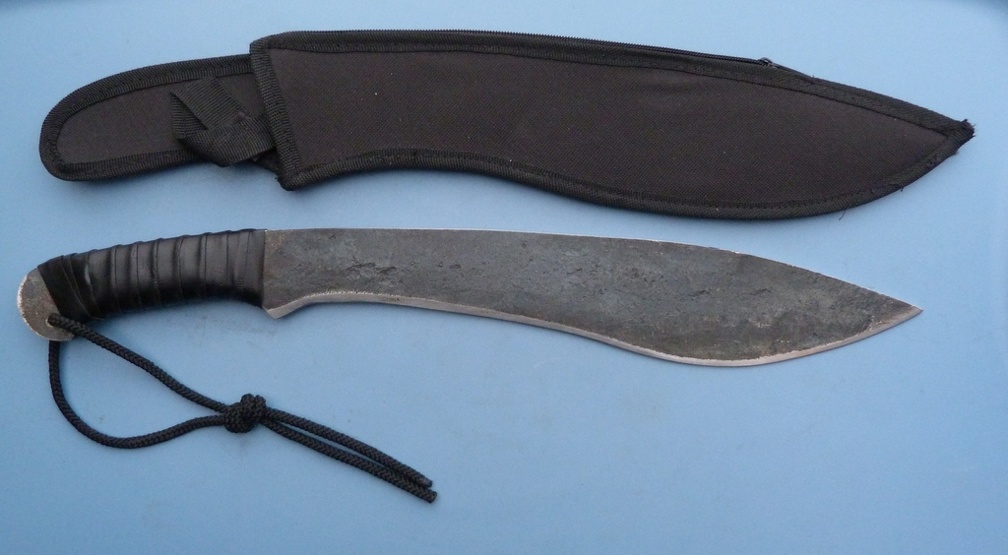
If you are going to buy a Kukri for your survival kit, avoid the fancy ones. I’m not going to tell you what the ideal size is, because only you can make that choice. Some Kukri knives with have an unsharpened Chakmak for burnishing and touching up the edge of your Kukri, or sparking a fire with flint, and a sharpened Karda for small cutting and skinning tasks that would be better served by the smaller blade. So even if you go with a Kukri for a “just one knife” kit, you might wind up with three knives anyway!
The ideal Kukri will be stout enough to be used in cutting wood, but not so large or heavy as to be difficult to use in combat or self defense. If you can, try out several and see which feels best to you. Or just take the easy way out, and buy one of the ones that are identical to Gurkha issue blades. You really can’t go wrong that way!
Conclusion
Are there other choices if you could just have one knife? Certainly. They go on and on and on, and all will have their pros and cons. The Bowie knife and Kurki knife are not perfect knives. But they are proven by war and history to be utterly dependable weapons and tools on the battlefield or the homestead.
Either of these survival knives will keep you alive, and help you build shelter, and protect yourself. They are readily available, familiar, and designed to be multipurpose utilitarian tools and weapons when needed. Even the seax, which I wish I could have spent more time would be an excellent “just one knife” choice for a prepper. I have a seax, Bowie and Kukri, and would not feel bad about having any one of them on me as a sole knife.
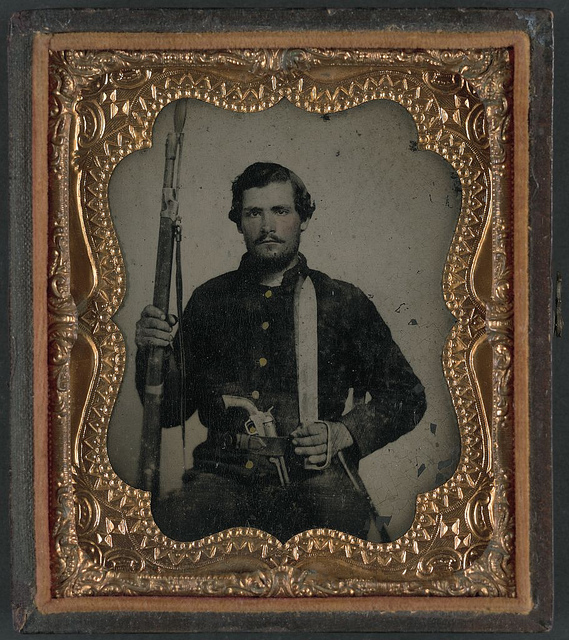
Choosing one of these blades, or perhaps some other knife that is proven to fill the role of weapon and tool is a highly personal choice. Knives have a mythos about them, and bring a touch of legend and romance with them. And that is just fine, because you need to be confident in your tools and weapons. Find a blade that speaks to you and feels good in your hand and that can be the knife to take if you can have just one knife to use in order to survive.
Feature image showing the classic American Bowie knife. Courtesy of Michael Meador Photography
TAGS – survival knives, bowie knife, Kurki knife, best knife, survival, tactical, bushcraft
